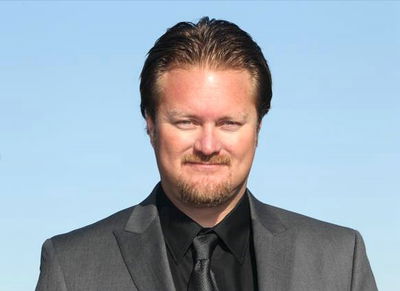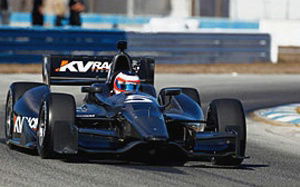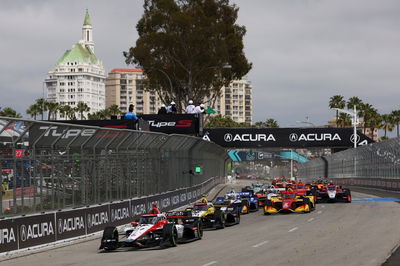New yellow flag caution rules introduced

IndyCar's president of competition Beaux Barfield announced on Monday that he was tweaking some of the rules surrounding yellow flags, full course cautions, safety cars and restarts for the remaining races of 2012.
Barfield said that the changes had been prompted by the experiences of his first two races as IZOD IndyCar Series race director at St Petersburg and Barber Motorsports Park.
"I've delayed the call of the full-course yellows during the first few races," he admitted. He added that this was due to his "being cognisant of where the leader is, and the possibility of disadvantaging the leader and other cars in the field that have legitimate gaps over the cars behind them if that yellow is too early."
Barfield went on to explain that "The pits have historically been closed during full-course yellows to make sure that not only the field is under control but in order before opening the pits.
"As such, it leads to this rush when all 26 cars come in at the same time," he continued. "It can be exciting but it definitely is a contributing factor to some of the pit lane issues that we've had in the recent past."
As a result, Barfield will now allow the pits to open right from the start of full-course cautions provided that there is not an emergency situation out on track with safety crews rushing to the aid of a driver. So far, all full-course cautions in 2012 have been for relatively minor spins and offs with no emergency response required.
"First and foremost it can only be called in a non-emergency situation when the driver is not in immediate danger so you can wait a half a lap to make sure you've given everybody a chance to pit before you call the full-course yellow," explained Barfield.
"A pits open full-course yellow would be similar so you give the leader the first chance to pit when you've made the announcement," he added. "It probably puts slightly less emphasis on pit work or allows people to maintain that advantage where they might be able to make more adjustments in the pits."
The safety car will be sent out to pick up the next competitor on track. If the race is under 20 laps from the end, cars not on the lead lap will be channelled through pit lane prior to the restart to get them out of the way of the battle for the lead, without requiring a complicated re-ordering process that can end up taking a long time to get right and lead to the yellow flag periods being over-extended.
"Considering we've had three- and four-lap yellows already this year, which I'm happy with, this will allow for yellows as short as two laps," explained Barfield. "That keeps everybody up front racing for position and keeps the race interesting to the end."
The new yellow flag rules will be introduced at next weekend's Toyota Grand Prix of Long Beach on April 15 and will remain in place for the rest of 2012.
Barfield's stewarding of the first two races of 2012 has been widely praised, and appear to have diffused the rows between the series organisers and the IndyCar teams that were such a hallmark of last year's turbulent season.











